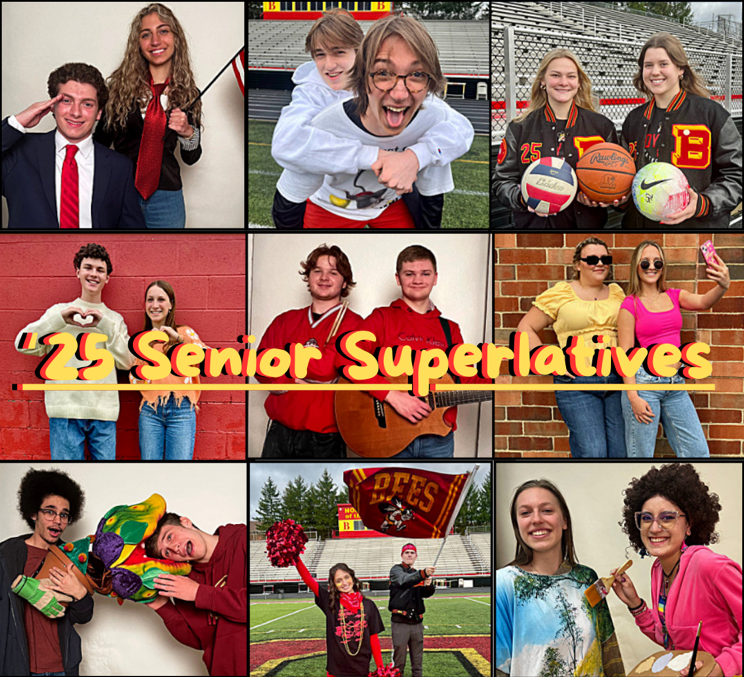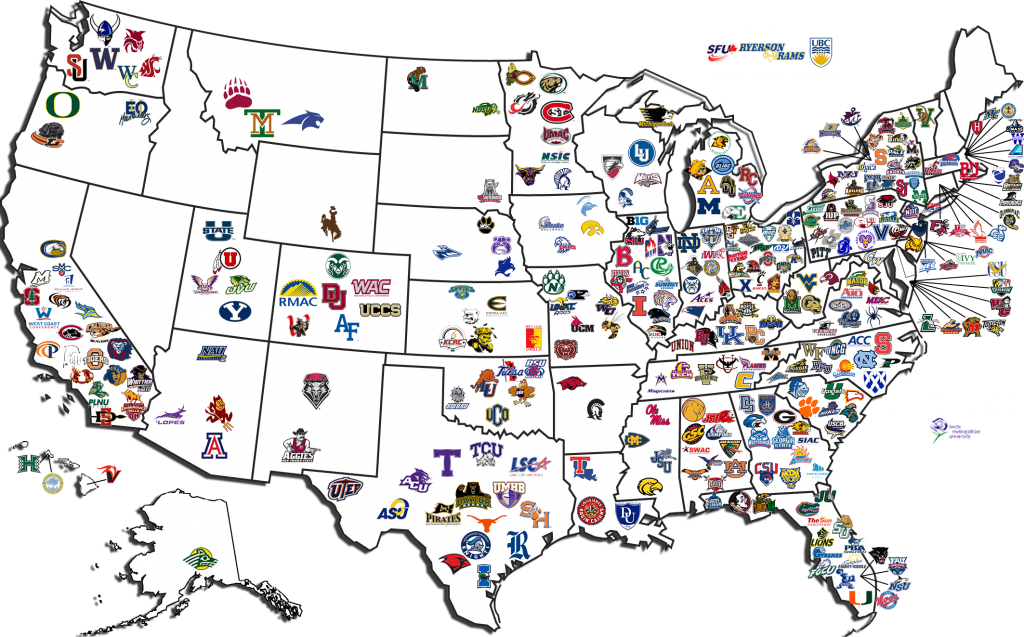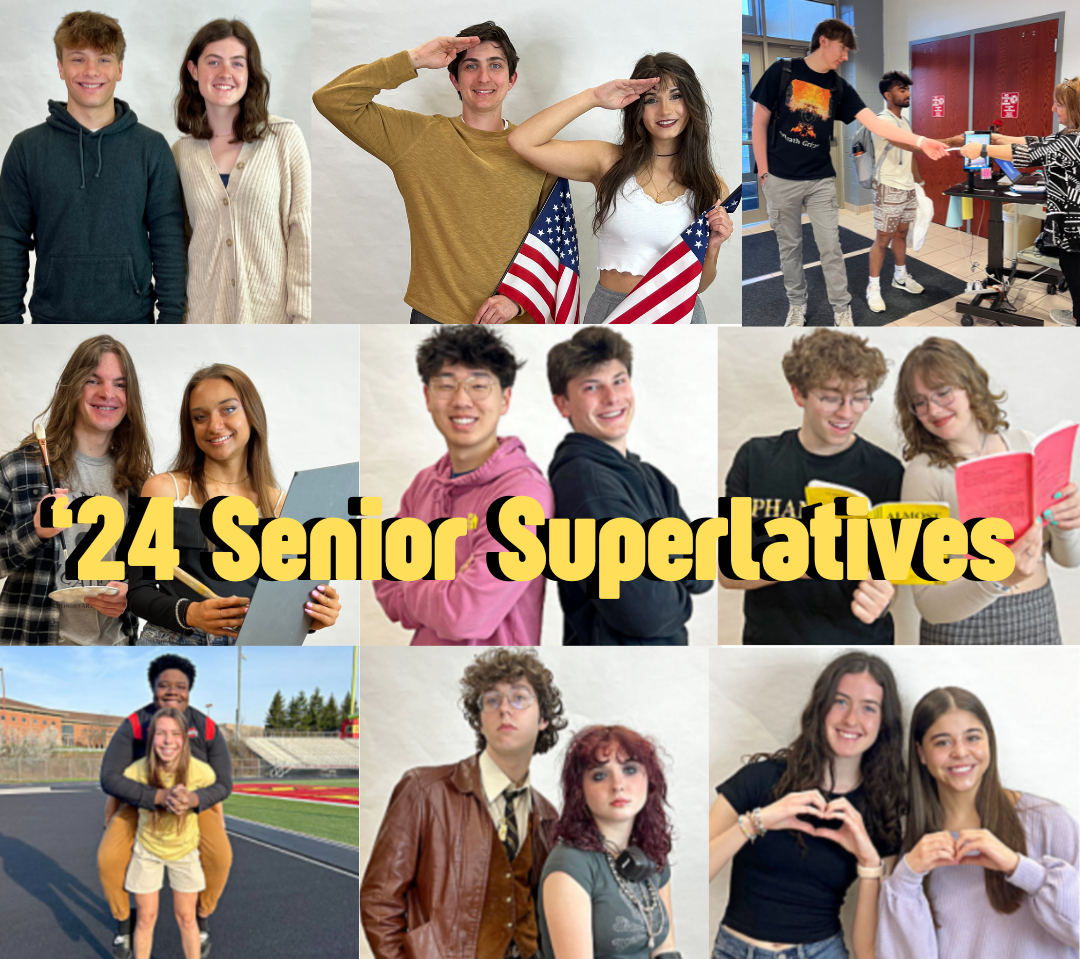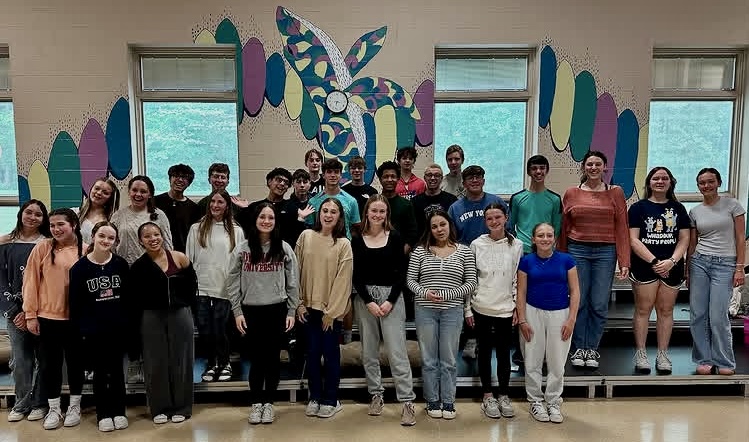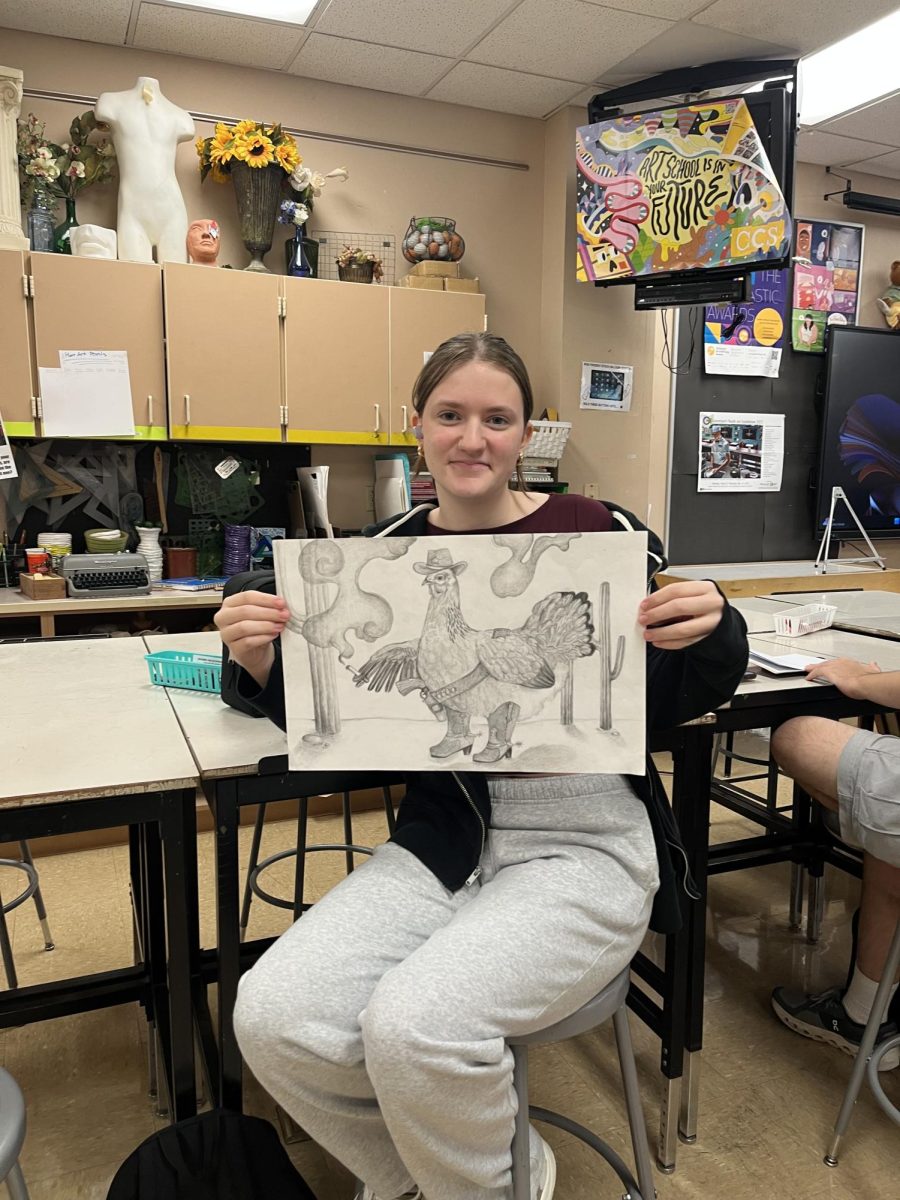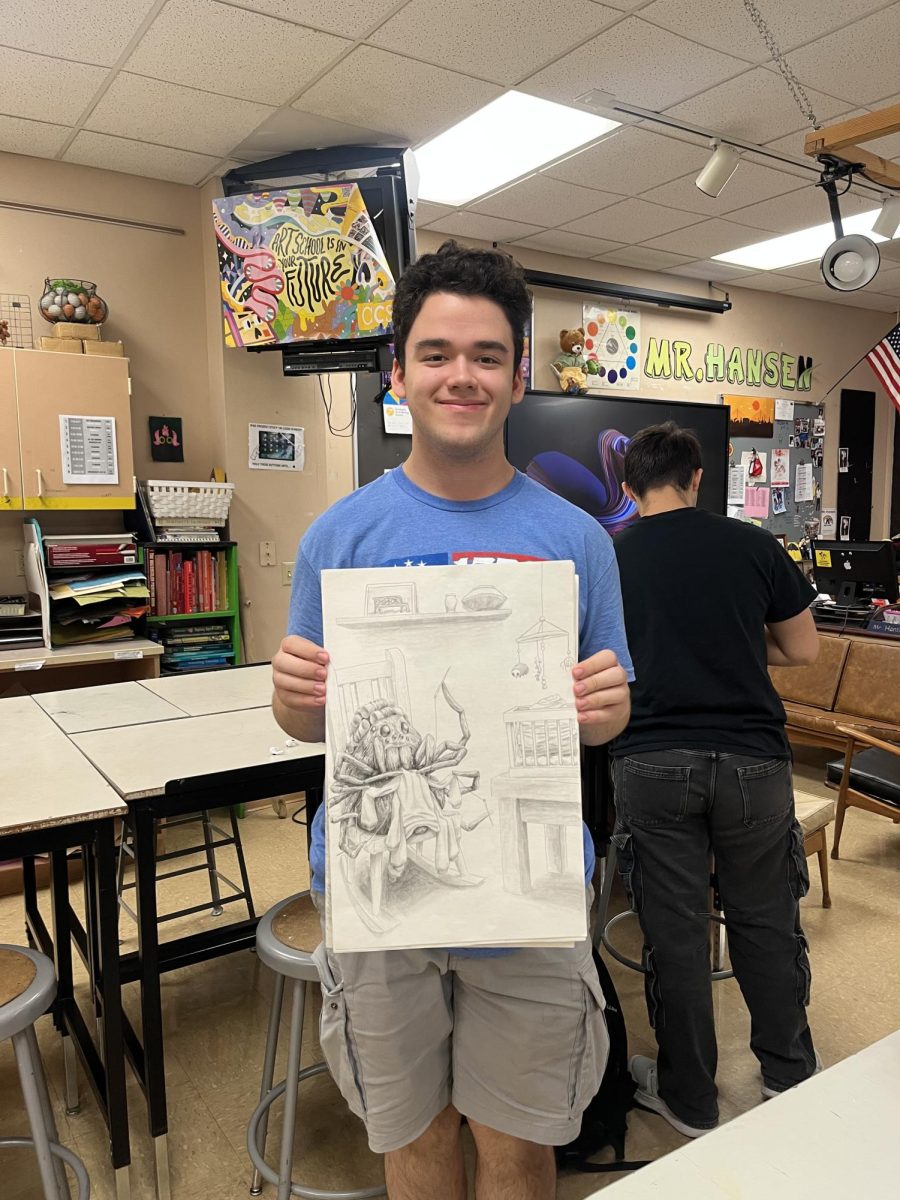 With the rapid development of science and technology, artificial intelligence gradually steps into the vision of multitudes. As more and more AI software comes out, people gradually go from hearing about it to using it frequently. Students are one of the main groups that often use it.
With the rapid development of science and technology, artificial intelligence gradually steps into the vision of multitudes. As more and more AI software comes out, people gradually go from hearing about it to using it frequently. Students are one of the main groups that often use it.
Wherever at home, school, etc. Students deal with all kinds of problems everyday, but sometimes they can’t solve them quickly, or they aren’t able to work out those questions. They choose to ask for AI. As long as they send their questions to AI, it will answer correctly and accurately within seconds.
Compared to search engines, AI can respond to students’ questions more precisely and more swiftly. Besides, AI can offer more details that students can’t easily find through searching between websites.
This convenient way has undoubtedly affected the way students learn. As an intelligent learning tool, AI gives full play to its potential in students’ learning careers. Students can better absorb and enrich their knowledge through the role of AI as well.
“I think the advantages could be that they can check their work and see maybe how they could do things better so that that could help them become better writers, better readers, better students.” Tanya Natsoulas, an English teacher from BBHHS also complemented its benefits.
According to Generative AI in Higher Education: Evidence from an Elite College by Zara Contractor, Germán Reyes “Using novel survey data from a selective U.S. college, we document over 80 percent of students using AI academically within two years of ChatGPT’s release.”
However, with the widespread use of AI, its deficiency is gradually revealed. “AI allows them to cheat too much and I think it has made them lazy and it doesn’t encourage independent thinking.” Sarah Ignatz-Hoover, an English teacher from BBHHS offered her insights into the shortcomings of AI for students using it.
This dilemma is not irreversible. As long as students can get rid of their complete dependence on AI and eliminate inertia. If they use it rationally, this problem can be solved.
As one of the main users of AI, students can only use it reasonably, extract its essence and discard its dross, carefully distinguish the authenticity of information, and learn to make their own judgments. Then this learning tool can play its highest value.


